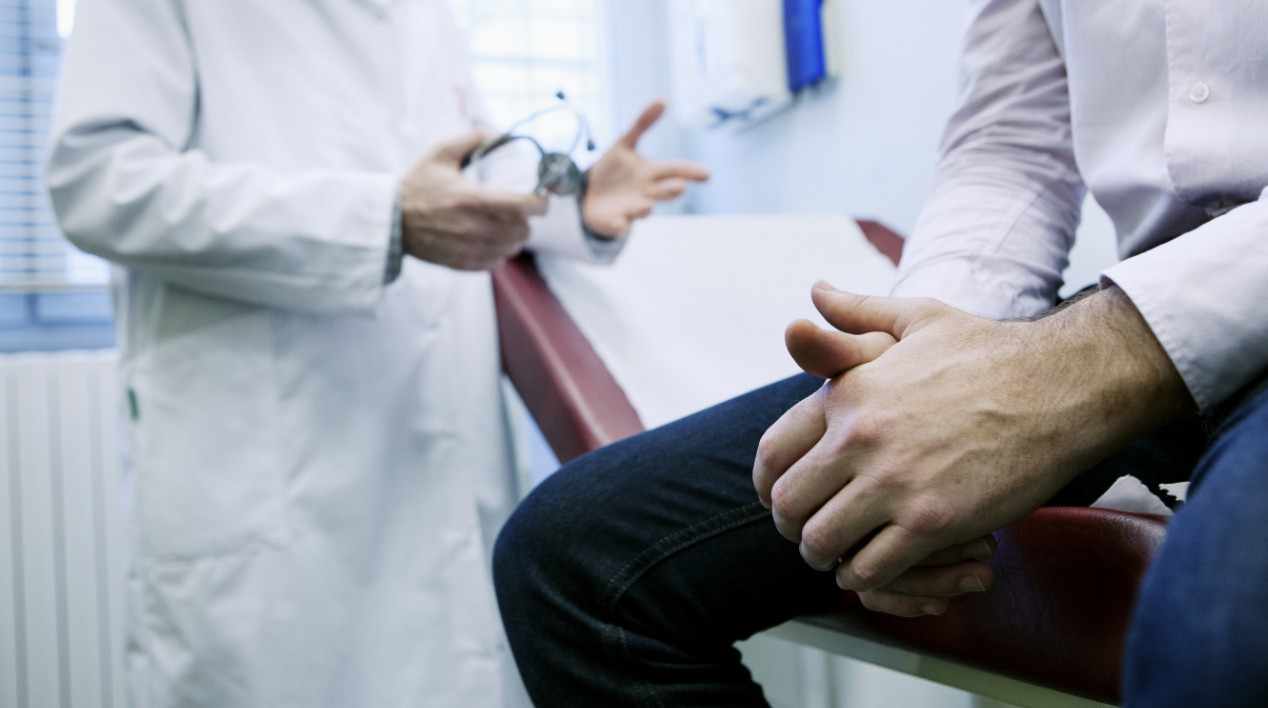-
Featured News
Infectious Diseases A-Z: Rising STIs in the US
 The U.S. has seen a sharp increase in the number of diagnosed sexually transmitted infections (STIs) over the last four years, according to a report by the Centers for Disease Control and Prevention (CDC). "Chlamydia, gonorrhea and syphilis are the diseases that have had a significant increase over the last few years," says Dr. Stacey Rizza, an infectious diseases specialist at Mayo Clinic. The CDC reports nearly 2.3 million cases of chlamydia, gonorrhea and syphilis combined were diagnosed in 2017, marking the fourth year in a row of increases in these STIs.
The U.S. has seen a sharp increase in the number of diagnosed sexually transmitted infections (STIs) over the last four years, according to a report by the Centers for Disease Control and Prevention (CDC). "Chlamydia, gonorrhea and syphilis are the diseases that have had a significant increase over the last few years," says Dr. Stacey Rizza, an infectious diseases specialist at Mayo Clinic. The CDC reports nearly 2.3 million cases of chlamydia, gonorrhea and syphilis combined were diagnosed in 2017, marking the fourth year in a row of increases in these STIs.
Watch: Dr. Stacy Rizza discusses rise in STIs in the U.S.
Journalists: Broadcast-quality sound bites video are in the downloads. Please ‘Courtesy: Mayo Clinic News Network.’
The populations most affected include people ages 15–24, gay and bisexual men, and pregnant women. "We know that young people between the age of 15 and 24 are about a quarter of the sexually active people in the U.S.; yet, they make up 50 percent of the sexually transmitted infections," says Dr. Rizza. "There’s definitely a disproportionate number of people in that age group who are getting the infections. And we also know that men who have sex men are almost 10 times as likely to get many of the sexually transmitted infections than other groups of people who are sexually active." The cases of congenital syphilis has doubled in the U.S. since 2013.
Dr. Rizza says more education is needed, particularly in targeted areas. "We can use this information to target certain groups and try to educate, try to provide barrier protection, and also to do better screening. Knowing if somebody has a sexually transmitted infection is very important. There’s excellent curative treatment for the majority of the sexually transmitted infections, which not only helps the infected person prevent their complications, but also helps prevent transmission to others."
Treatment
Chlamydia, gonorrhea and syphilis are bacterial infections that are treatable with antibiotics. Dr. Rizza says many times, those infected have no symptoms and remain infected without realizing it. Antibiotic resistance is also an added concern, especially for treating gonorrhea. The CDC says the bacteria that causes gonorrhea has grown resistant to nearly every antibiotic used to treat it.
Left untreated, sexually transmitted infections can have long-term health implications, including infertility for women.
Protection
"The easiest answer is barrier protection during sex, and that’s during oral sex, anal sex, vaginal sex, using condoms, dental dams and any other barrier protection," says Dr. Rizza. "Abstinence, of course, would also prevent sexually transmitted infections."
Screening for STIs
"Being screened and being asked to be tested if you think you might be at risk, or going in for the universal screening if you’re in a demographic or an age group that should be screened, is very important," says Dr. Rizza. "And in some situations, such as HPV or HIV, male circumcision also decreases the risk of transmission."
"Universal screening means you screen a person for a disease state, and in this situation, we’re talking about infections, no matter what their demographics are," says Dr. Rizza.







